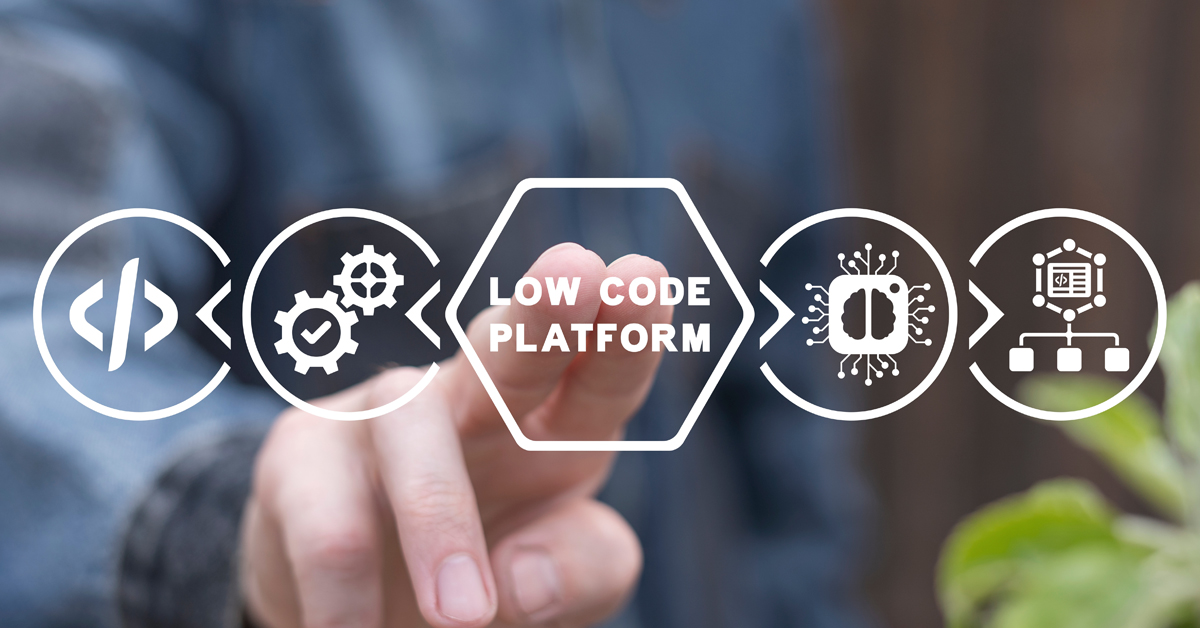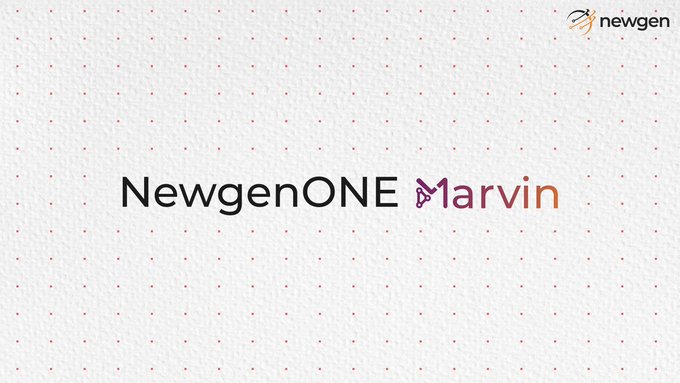In today’s rapidly evolving digital landscape, adapting to dynamic business demands is paramount for organizational success. And, in this quest for speed and agility, the emergence of low-code application development systems presents a transformative shift in software development.
With every software company now calling themselves as a low-code provider, understanding the nuanced architecture of low-code application development (LCAP) platform becomes imperative.
Let’s explore how low-code not only orchestrates but also accelerates digital innovation, offering agile solutions tailored to meet the needs of modern enterprises.
Achieving Digital the Low-code Way
Digital, in today’s terms, has become superfluous; it changes by the day, and so do business realities. The only way to keep pace with the rampant change is by approaching digital the low-code way. This can be done with the help of the low-code application development solution.
Today, it seems that every software company calls itself a low-code provider. But the difference is in the way the whole LCAP platform is architected.
“The only way to eat an elephant is to cut it into bite-size pieces” – these were the words once shared by a wise guru, an industry stalwart, an individual who digitally transformed a bank using the power of low-code.
Allow me to clarify: it is not that one is really interested in eating an elephant or cutting it into bite-size pieces. Here, the elephant represents the business problem at hand, and the bite-size pieces represent how it needs to be broken down into manageable pieces. Low-code is the ideology, and just like the business problem, low-code itself must be flipped on its head.
Let me try and explain this a bit more.
A Deep Dive into Low-code
We all view low-code as a tool or an all-encompassing application that would have answers to all our questions. It should, however, be looked at as an orchestrator of components.
The components here represent services that have their own Application Programming Interface (APIs) and data sets. There can be various types of services–internal or external. Internal would mean something that the tool presents, and external would mean something that the environment/ecosystem provides.
Internal services could be interfaces, rulesets, masters, and so on. Each of these services has its own API and data sets and is independent of each other with minimum dependencies. On the other hand, external services would be systems, including core banking, ERP, core insurance, loan management system, or even simpler systems such as MS Word. Again, these would have their own APIs and data sets. These services would simply do their part at the relevant stages of the application and processes as demanded.
The process or application has to be looked at as an amalgamation of these services into relevant stages by a concept referred to as an ‘orchestrator.’
Depending on the organization and its current state, the internal services may be heavy (read: more utilized), or the external services may be heavy. However, these are just orchestrated to provide the end state.
For instance, if we take the example of banking and lending, the lending application stages remain the same. Depending on a bank or a financial institution, how and what components are called for can vary, making each application different. An organization with a portal may not require investing in a portal service, but another one may need to subscribe to an internal portal service. Similarly, a financial institution that invested in credit scoring and credit underwriting may plug in its own external credit service compared to another that subscribes to an internal credit service.
The end objective is to understand how an organization componentalises or servicifies the entire application and orchestrates them together to deliver the perfect made-to-order, custom-fit app. That, in turn, helps the organization transform and get that leverage to address the ever-changing business environment.







